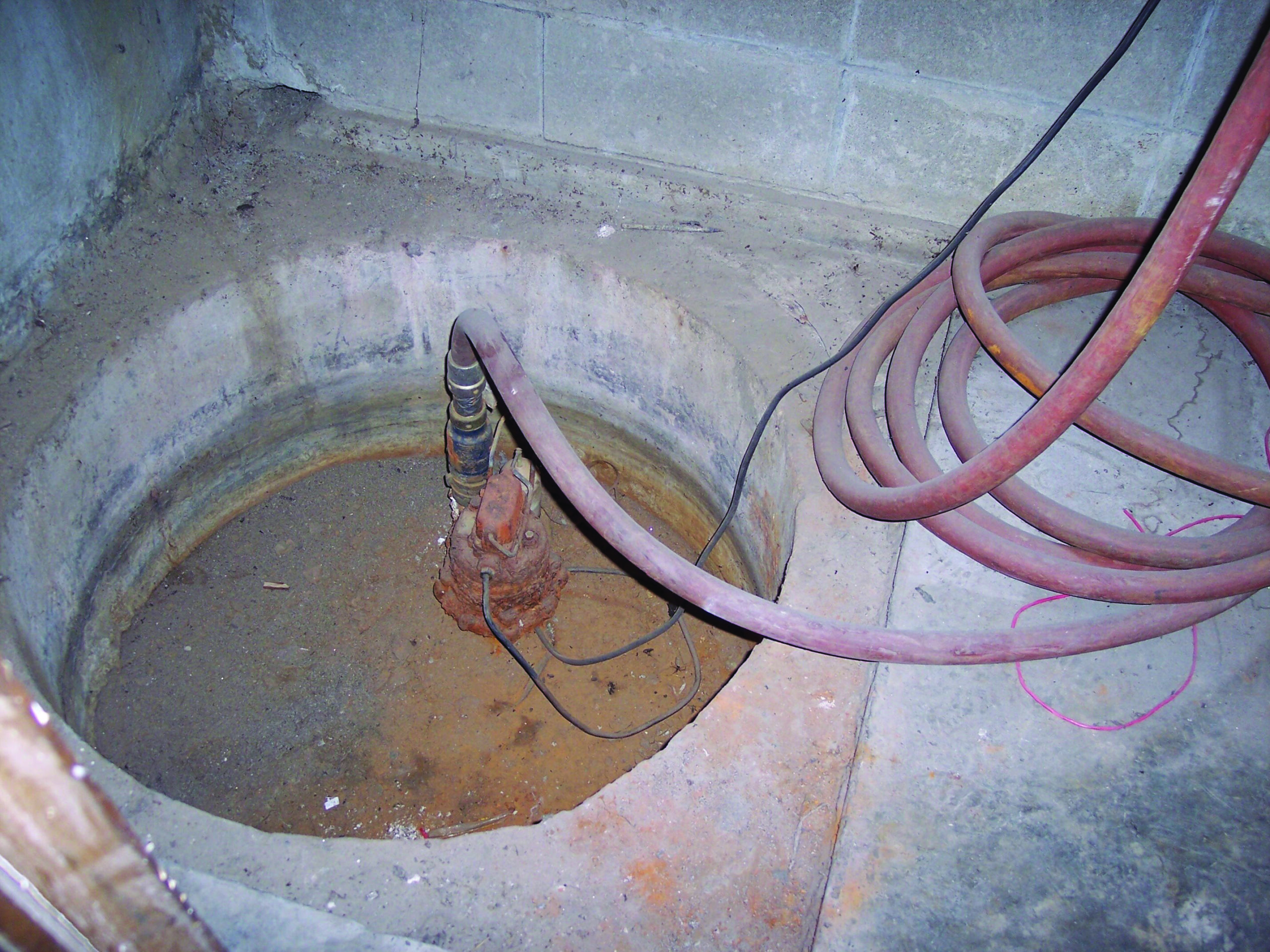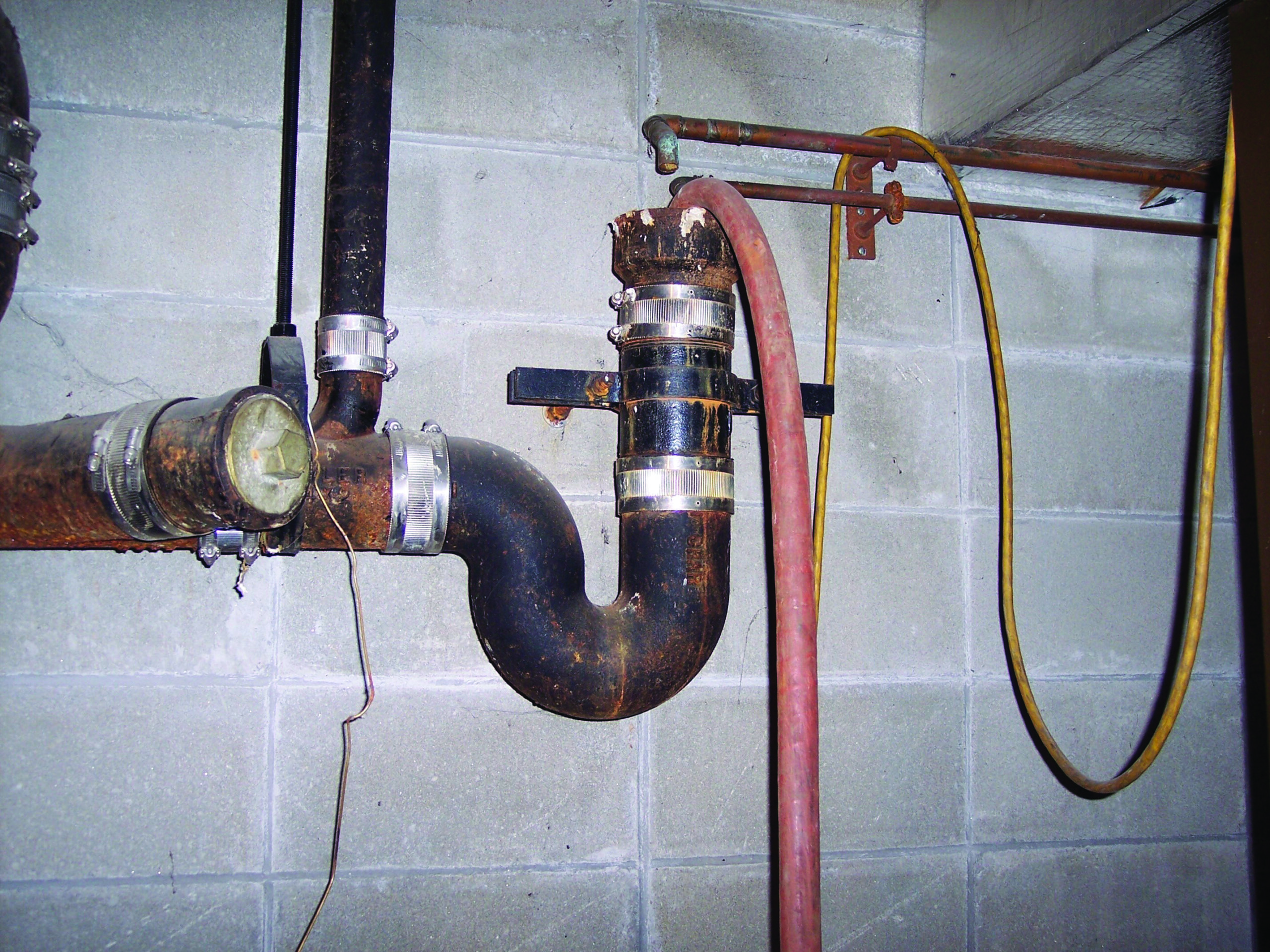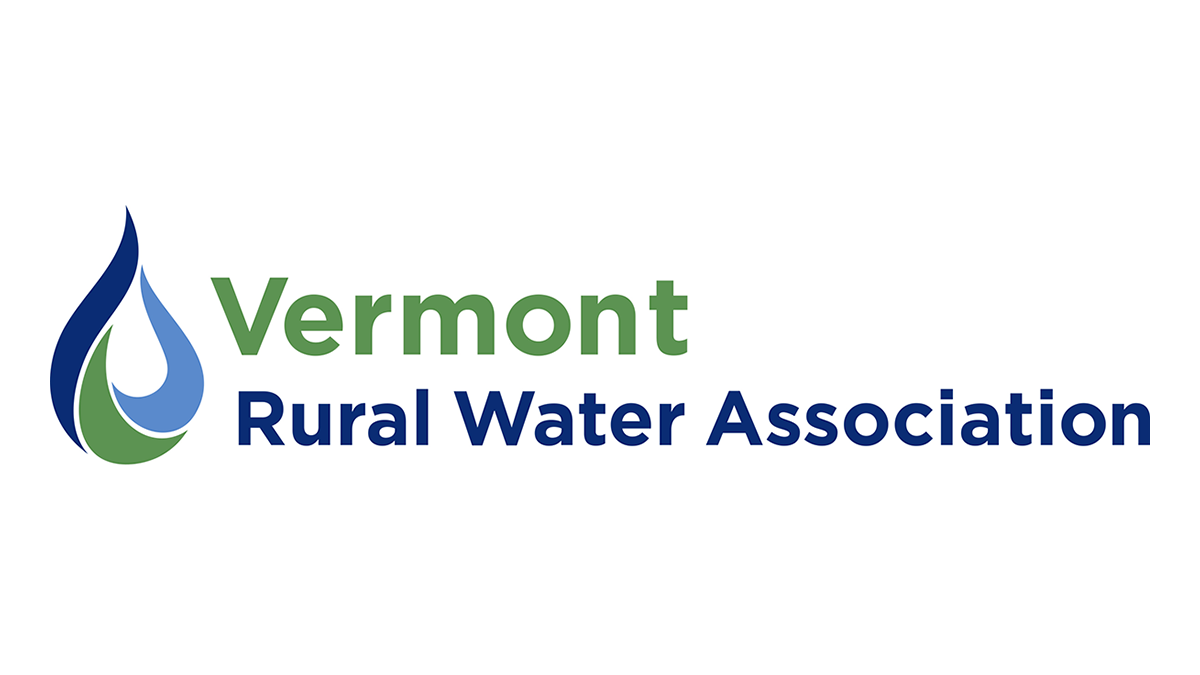by Wayne Graham
This article was published in the fall 2023 issue of our newsletter.
In this series of articles, I will discuss cost effective ways of reducing inflow and infiltration to wastewater facilities. This is a timely discussion given our wet summer and the recent devastating flooding.
Let’s start with some definitions, which come from Operation of Wastewater Treatment Plants, Volume 1. Inflow is “water discharged into a sewer system and service connections from sources other than regular connections. This includes flow from yards, drains, foundations, and around access and manhole covers.”
Infiltration is “the seepage of groundwater into a sewer system, including service connections. Seepage frequently occurs through defective or cracked pipes, pipe joints and connections, interceptors access risers and covers, or manhole walls.”
The book further clarifies, “Inflow differs from infiltration as it is a direct discharge into the sewer rather than a leak in the sewer itself.”

A typical sump pump in a basement.

An illegally connected sump pump, hooked to a building’s sewer line that flows to the municipal wastewater collection system.
Sump pumps can be a big source of inflow to collection systems and wastewater facilities. Sump pumps are used by some residents to remove water from their basements. Unfortunately, a lot of sump pumps are hooked into a home’s sewer line, which flows to municipal collection systems. This results in increased flow that the wastewater collection system has to handle and the wastewater facility has to treat.
A typical home sump pump (40 gallons/minute) running 10 minutes per hour can pump 9,600 gallons per day. If there are just 20 such sump pumps in your community, that is 192,000 gallons of unwanted water being sent to your wastewater facility every day!
All this extra inflow from sump pumps takes up valuable facility capacity and restricts the amount of future hookups a system can handle, and therefore, restricts growth of the community. It may even lead the facility to undergo expensive upgrades to accommodate more capacity.
Sump pump discharges also cause wastewater facilities to use more electricity and treatment chemicals and can affect the efficiency of the treatment process. Sewer backups and overflows can also occur if inflow and infiltration increase during a rainstorm.
A much better solution for sump pump discharges is to connect them to a storm water system, drainage ditch, or dry well.
Here are some ideas for reducing sump pump flows into sewer collection systems:
Education
Many residents do not realize the problems they are causing by hooking sump pumps into their sewer lines. Educational mailings, billing inserts, door hangers, newspaper notices, and town report messages are all ways of communicating to residents about proper use of sump pumps. Many residents who learn that they pay for these wasteful flows through sewer rates and taxes will voluntarily fix the problem.
Ordinances
Many communities have sewer ordinances that regulate illegal connections such as sump pumps, roof drains and perimeter drains. Enforcing the sewer ordinance is sometimes necessary.
Plumbers
A visit to your local plumber(s) to remind them about proper sump pump installation may also help.
Consider these options when trying to reduce costs, increase capacity, and improve efficiency. Getting the word out about the proper use of sump pumps and doing periodic inspections of basements may yield surprising results.
For assistance with inflow and infiltration in your collection system and wastewater treatment facility, contact Vermont Rural Water’s wastewater specialists.

